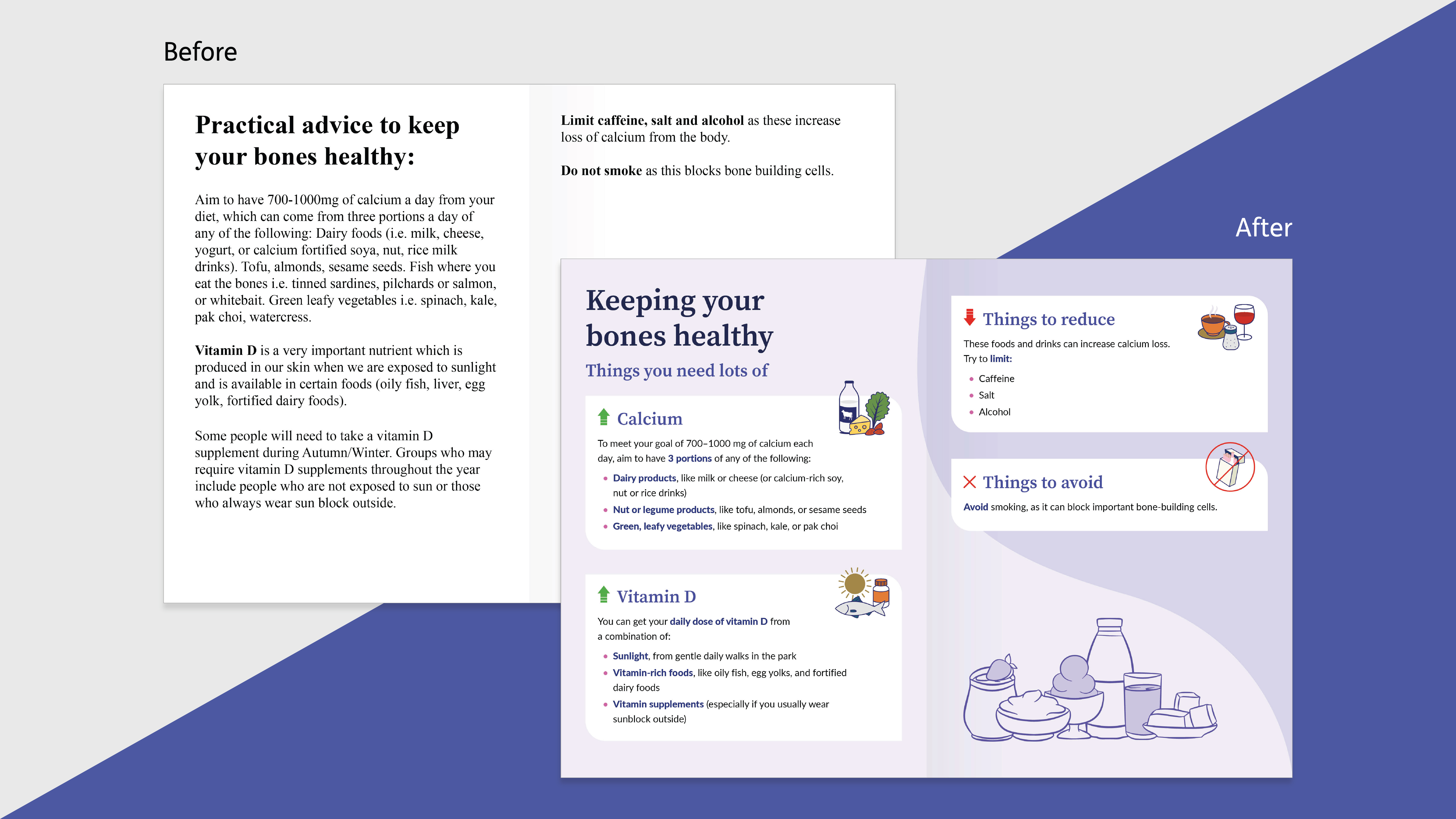Using patient personas to add a personal touch to clinical trial recruitment and retention
.png)
Understanding your audience is essential for any type of campaign, but especially in clinical trials, where trust and relevance are paramount. Effective communication isn’t just about what is said, but to whom, how, and when. We often use personas as a tool to help us focus on the patient, enabling us to transform outreach from transactional into meaningful engagement. This is particularly important when creating direct-to-patient campaigns for recruitment, as ‘a powerful message has little impact if it reaches the wrong audience, and misses the intended one’.1
Why patient personas matter
At their core, patient personas are research-based archetypes that represent key patient groups. Built from rich qualitative and quantitative insights, they move beyond superficial demographics to more effectively embody patients’ lived experiences, challenges, and motivations.2
For example, a 34-year-old busy professional will likely have different priorities and preferences compared to a 20-year-old university student or a 67-year-old retiree. While some may prefer quick digital updates, others may lean on family to interpret medical information. These fictional yet evidence-driven personas can enable clinical trial teams to craft strategies that authentically engage patients by meeting them where they are, fostering trust and connection.
We recently attended the Global Clinical Trials Connect conference, where one speaker posed a vital question that underscored the importance of tailoring and personalisation of clinical study design: If your trial targets patients with vision-impairing conditions, why require them to navigate a visually demanding app for e-PRO questionnaires? Such missteps can discourage participation, turning willingness into withdrawal. Thoughtful adjustments, like accessible tools, show respect for patients’ needs and can significantly improve recruitment and retention.
What data makes personalisation possible?
Strong personas are built on ethically sourced, patient-centred data — and should never be used as a way of replacing patient involvement entirely.
Collecting meaningful insights ensures communication is relevant and impactful, and we recommend undertaking first-party research with patients to further dial in your approach.
Patient personas can be built from:
- Social listening tools: Analyse online conversations to uncover patient priorities, attitudes to healthcare, overall sentiment, frustrations and needs
- Patient advisory boards and surveys: Provide firsthand accounts of barriers, motivators, and preferences
- Wearable tech and mobile health data: Reveal behaviour patterns and medication adherence
- Customer relationship management (CRM) analytics: Track engagement and refine strategies
It is essential all data collection is conducted transparently and with proper consent.3 Patients’ privacy and anonymity matters, and securing trust builds the foundation for meaningful engagement.4
Tools and frameworks for personalisation at scale
Implementing personalisation across a broad patient group may seem challenging, but modern tools make it manageable. A few strategies for creating tailored communications without compromising efficiency include:
- Segmenting patients by shared characteristics, enabling message variation based on need, not just age or location5
- Journey mapping highlights patient touchpoints during the trial, from recruitment to follow-up, ensuring timely communication at each stage
- CRM Systems automate outreach, like personalised and texts or emails at the right time, while retaining a human touch
- A/B testing refines messaging by identifying what resonates most with patients
These frameworks amplify creativity while ensuring communication feels relevant and sensitive to patients’ perspectives, enabling trial sponsors to better meet their needs.5
Balancing automation and empathy
Automation optimises trial operations by streamlining processes, but balance is crucial.6 While automated texts or reminders are efficient, emotionally sensitive interactions require a personal touch. Imagine patients receiving sterile, chatbot responses to complex queries — that is where technology falls short.
Patients are more than data points; they are individuals with emotions and unique stories. Empathy and ethics must guide the development of recruitment and retention strategies. Automation and AI tools can be used to support with logistics, leaving complex emotional interactions to real people like nurses or coordinators, who should have the training and experience needed to support patients effectively throughout the duration of the study.
The takeaway
Understanding lies at the core of effective communication. By using patient personas fuelled by ethically sourced data and supported by smart tools, clinical trial sponsors can personalise outreach without losing empathy; not only speaking to patients but collaborating with them. When done right, personalisation strengthens trust, improves recruitment, and reinforces patient-centricity at every trial stage.
Want to hear more about enhancing patient engagement? Let’s talk to build strategies that prioritise meaningful patient communication or sign up to our new report, offering insights from over 700 participants and industry leaders for a 360-view of clinical trial participation.
References
- Cuttsy+Cuttsy. Direct-to-patient, or direct-to-problem? The challenge of using social media to recruit for clinical trials. Available here. (Accessed June 2025).
- Pelizzari N. Journal of World Languages. 2025. DOI: 10.1515/jwl-2024-0068.
- National Institute for Health and Care Excellence. Patient and Public Involvement Policy. Available here. (Accessed June 2025).
- Wilkins CH. Medical Care. 2018;56(10):S6-8. DOI: 10.1097/MLR.0000000000000953.
- Deloitte Digital. Personalising The Customer Experience. Available here. (Accessed June 2025).
- TrialX. From Clinical Trial Search to Screening: Accelerating Patient Recruitment with AI-Driven Tools. Available here. (Accessed June 2025).


.png)








